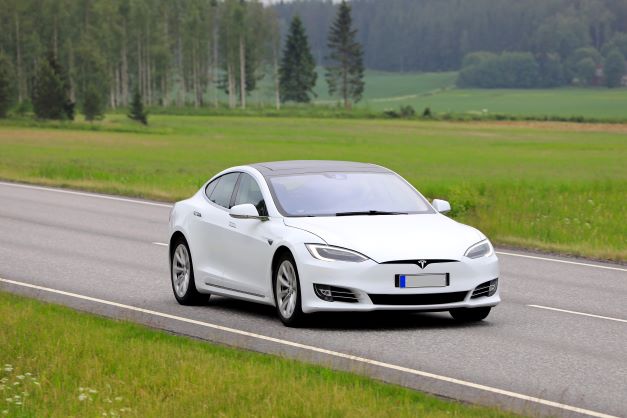Brian McCowan, Zondits staff, 7/12/2022
Fifteen years after the introduction of the iPhone, large portions of rural America still have no cell phone coverage. And 20 years after broadband internet became common, rural areas struggle with dial-up or rely on satellite dishes. Now as electric vehicles (EVs) gain market share, rural areas in the U.S. are once again in danger of being left behind. But policymakers and the EV industry are aware of the risk and actions are being taken to assure an equitable transition.
Most economic studies conclude that the lifetime costs of owning an EV are lower than the cost of gasoline and diesel-fueled vehicles. Direct subsidies and tax credits from federal and state governments combined with ratepayer-financed incentives support the sale of EVs, yet equity concerns are valid as rural residents again try to keep up with advancing technologies.
An ironic twist is that in order for EVs to dramatically contribute to the lowering of GHG emissions, the power used for battery charging needs to originate from clean sources, and rural landscapes are where the bulk of larger-scale solar, wind and hydro-electric power generation is sited. Given transmission losses, it seems imperative that EV charging is made more accessible in rural areas.
The recently enacted federal infrastructure law is intended to address this very issue. The departments of transportation and energy are overseeing the investment of over $7 billion for electric vehicle charging networks with a focus on rural deployment. Through this program and others, the Biden administration has announced goals of installing one-half million chargers across the U.S. by 2030. In addition, the House of Representatives Agriculture Committee has been holding hearings urging the EV and utility industries to champion the equitable growth of charging networks.
For this to be successful, the EV and utility industries must partner in the effort to make rural ownership of EVs practical. For the EV industry, improved range and faster charging times of course help. But the industry is also considering other advances. Nio, a Chinese EV manufacturer has developed a swappable, modular, battery system that allows owners to drive up to a battery station and swap for freshly charged batteries. Industrial trucks, such as electric forklifts, have used this approach for decades. EV manufacturers should also look toward standardization of charging systems. Tesla, for example, developed their own proprietary charging systems that until recently were available only to Tesla owners. That is now changing as the company is progressively making their “Superchargers” available to the owners of other EVs. Just as one does not need to find a specific gas station to refuel, generic charging networks are a key factor.
For electric utilities, they should recognize the transportation transition and aggressively invest in the future. They are in the business of selling kilowatt-hours and public charging opens a rapidly growing opportunity for them. Simultaneously investing in renewable energy projects and charging networks needs to be a public/private partnership if EVs are to reach their potential across rural America.
Zondits has identified multiple articles covering this subject, here are a few of the most interesting:
